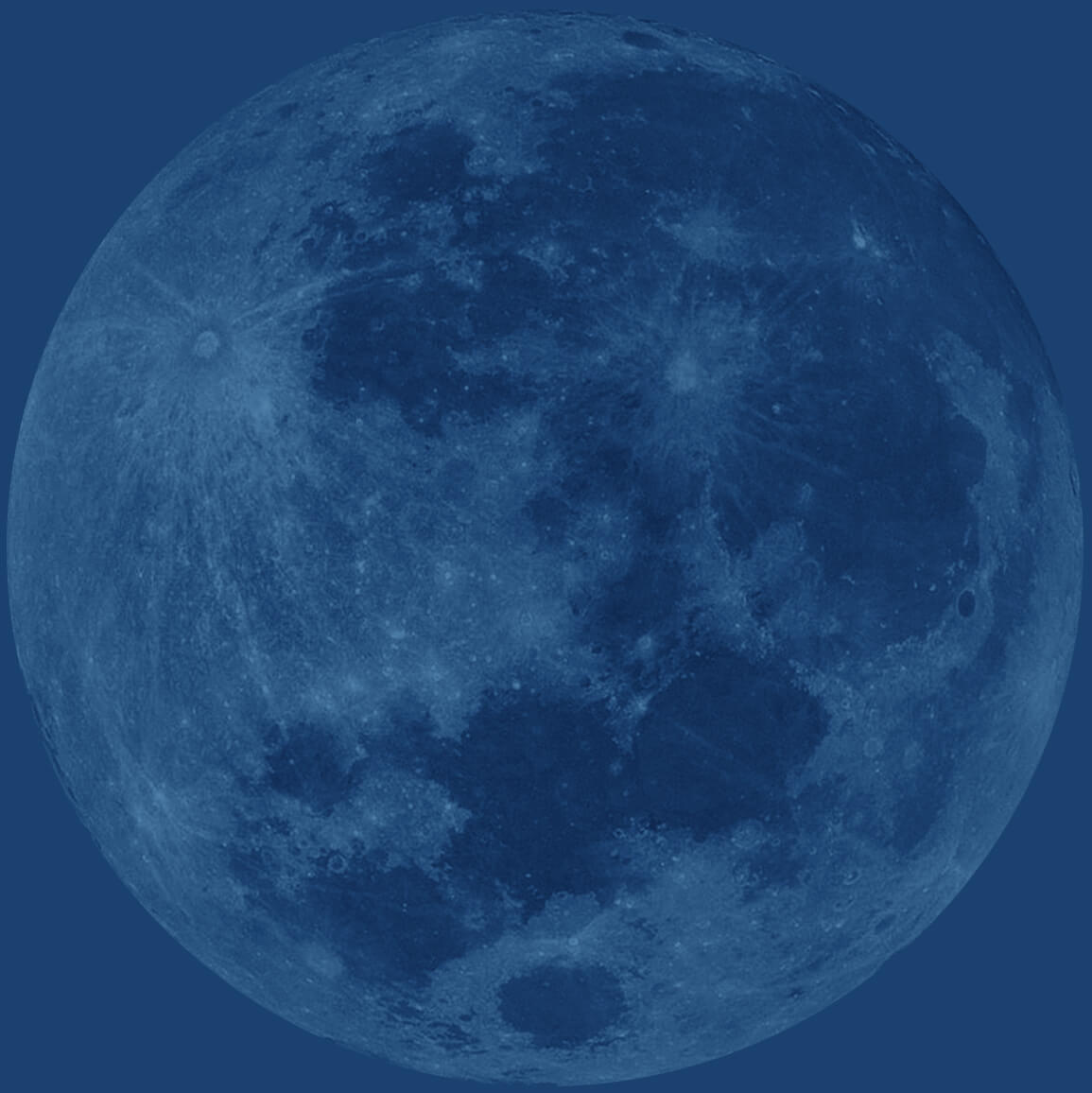The Role of Color Psychology in Web Design
Introduction to Color Psychology
Color psychology is the study of how colors influence human behavior and emotions. It is a critical aspect of web design as it affects how users perceive and interact with a website. By understanding color psychology, web designers can create visually appealing sites that convey the right message and evoke desired emotional responses from users.
Understanding Color Associations
Colors have universal meanings and associations that can impact user perceptions. For instance, red is often associated with energy, passion, and urgency, while blue is linked to trust, calmness, and professionalism. However, cultural variations can influence these perceptions. For example, while white symbolizes purity in Western cultures, it is associated with mourning in some Eastern cultures. Understanding these associations helps designers make informed decisions when selecting colors.
Choosing a Color Scheme
Selecting a color scheme involves aligning color choices with the brand’s identity and message. A cohesive color scheme enhances the overall design and ensures consistency across different elements of the website. For instance, a health and wellness website might use green to signify growth and health, whereas a tech company might opt for blue to convey trust and innovation.
Impact on User Experience
Color plays a crucial role in user experience by influencing perceptions and interactions. Effective use of color contrast can improve readability and navigation, guiding users’ eyes to important sections and call-to-action buttons. High contrast between text and background colors is essential for readability, while a balanced color palette can make the website more aesthetically pleasing.
Emotional Response and Engagement
Different colors evoke specific emotional responses. Warm colors like red, orange, and yellow can create feelings of warmth and excitement, whereas cool colors like blue, green, and purple can evoke calmness and relaxation. Using these colors strategically can enhance user engagement. For example, a donation button in a bold, contrasting color can attract attention and encourage clicks.
Case Studies and Examples
Successful websites often use color psychology effectively to engage users. For instance, Coca-Cola’s website utilizes red to evoke excitement and energy, aligning with its brand identity. In contrast, Facebook uses blue to signify trust and dependability. Analyzing these examples helps understand the practical application of color psychology in web design.
Tools for Color Selection
Several tools and resources can aid in choosing the right color palette for a website. Tools like Adobe Color, Coolors, and Paletton offer color palette generators that help designers experiment with different combinations. These tools also provide features to test color contrast and accessibility, ensuring the selected palette enhances user experience.
Accessibility Considerations
Designing for accessibility is crucial in web design. This includes ensuring sufficient color contrast for readability and accommodating colorblind users. Tools like the WebAIM Color Contrast Checker can help designers verify that their color choices meet accessibility standards. Incorporating patterns and textures can also aid users who have difficulty distinguishing colors.
Trends in Web Design Colors
Color trends in web design evolve continuously. Currently, there is a shift towards using bold, vibrant colors to create memorable user experiences. Gradients and duotones are also popular, adding depth and dimension to designs. Staying updated with these trends helps designers create modern and appealing websites.
Conclusion
Color psychology plays a vital role in web design by influencing user behavior and emotions. By understanding color associations, choosing cohesive color schemes, and considering user experience and accessibility, designers can create websites that effectively convey the desired message and engage users. Experimenting with colors and staying updated with trends can further enhance the visual appeal and functionality of web designs.

